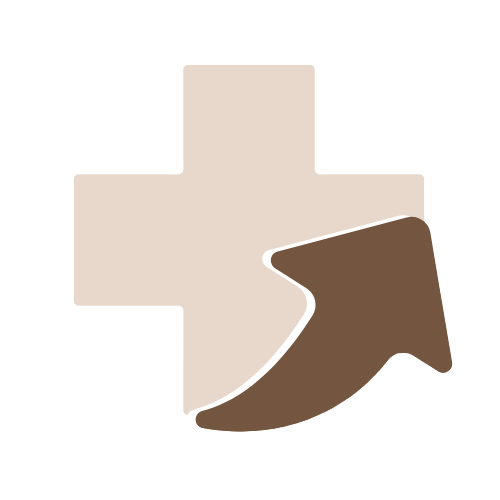Trench Foot
Overview
Trench foot, also known as immersion foot, is a serious condition that occurs when the feet are exposed to cold, damp, and unsanitary conditions for an extended period. It was first recognized among soldiers during World War I, who developed the condition while standing in waterlogged trenches. Trench foot can cause significant damage to the skin, nerves, and blood vessels of the feet. If left untreated, it can lead to infection, tissue death, and in severe cases, amputation. Early recognition and treatment are essential for recovery and preventing long-term damage.
Causes
Trench foot develops due to prolonged exposure of the feet to wet, cold, and unsanitary environments. Common causes include:
- Cold and damp conditions: Standing or walking in wet environments, especially with inadequate footwear, causes the skin and underlying tissues to break down.
- Lack of movement: Immobility worsens the problem, as reduced circulation accelerates tissue damage.
- Poor hygiene: Dirty conditions and failure to change socks or dry the feet can increase the risk.
- Constriction: Tight boots or footwear that restricts blood flow can exacerbate the condition.
- Extended exposure: Trench foot typically develops after 12 hours to several days of continuous exposure to wet, cold environments.
Symptoms
The symptoms of trench foot progress through several stages and can be quite severe if untreated. Common signs and symptoms include:
- Early signs: Tingling, numbness, or heaviness in the feet, with cold and pale skin.
- Discoloration: The feet may appear red, blue, purple, or blotchy as circulation worsens.
- Swelling: Significant swelling of the feet and ankles can develop.
- Blisters: Painful blisters may form on the affected areas.
- Skin breakdown: The skin may become soft, soggy, and easily damaged.
- Pain on rewarming: Intense pain, burning, or throbbing sensations are common when circulation returns.
- Foul odor: In severe cases, tissue breakdown can cause a noticeable bad smell, indicating infection.
- Severe complications: In advanced cases, trench foot can lead to gangrene, ulcers, and loss of tissue.
Diagnosis
Diagnosing trench foot is primarily based on clinical examination and patient history:
- Physical examination: Doctors examine the appearance of the feet, checking for color changes, swelling, sores, and tissue damage.
- Patient history: A history of prolonged exposure to cold, wet environments is a key diagnostic clue.
- Neurological assessment: Testing for numbness or loss of sensation due to nerve involvement.
- Circulation checks: Examination of pulses and capillary refill to assess blood flow to the feet.
- Infection evaluation: In severe cases, lab tests or imaging like X-rays may be done to rule out infection or bone involvement.
Treatment
Early treatment is crucial to prevent long-term damage from trench foot. Treatment strategies include:
- Immediate rewarming: Gradual rewarming of the feet at room temperature or with warm water (not hot water) to restore circulation.
- Cleaning and drying: Washing the feet thoroughly, drying them completely, and keeping them clean and dry moving forward.
- Elevation: Elevating the feet to reduce swelling and improve blood flow.
- Pain management: Use of pain relievers such as ibuprofen or acetaminophen for comfort.
- Infection control: Antibiotics are prescribed if there are signs of infection, including redness, pus, or fever.
- Wound care: Dressing of blisters, sores, or ulcers under medical supervision.
- Surgery: In extreme cases where gangrene develops, surgical debridement or amputation may be necessary.
- Preventative education: Counseling on foot care and prevention strategies to avoid recurrence.
Prognosis
The prognosis for trench foot depends on how quickly it is recognized and treated:
- Good recovery with early care: If treated promptly, most cases resolve within a few weeks without lasting damage.
- Risk of long-term complications: Delayed treatment can lead to chronic pain, nerve damage, increased sensitivity to cold, or recurrent foot ulcers.
- Severe outcomes in advanced cases: In neglected or severe cases, trench foot can result in permanent tissue loss, requiring surgery or amputation.
- High preventability: With proper foot hygiene, dry footwear, and regular foot checks, trench foot is entirely preventable.
Awareness and proactive foot care are key to both treating and preventing trench foot, especially for those frequently exposed to wet and cold environments.
